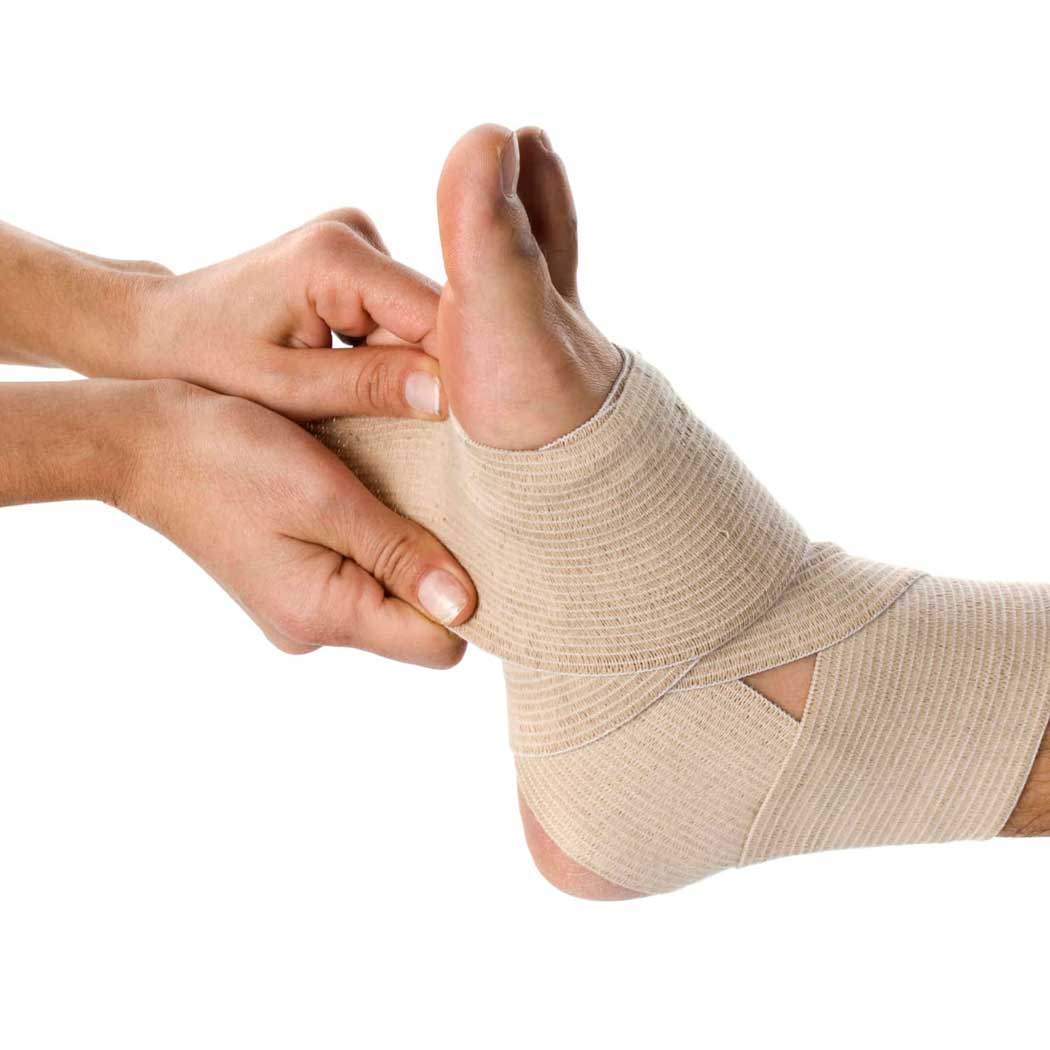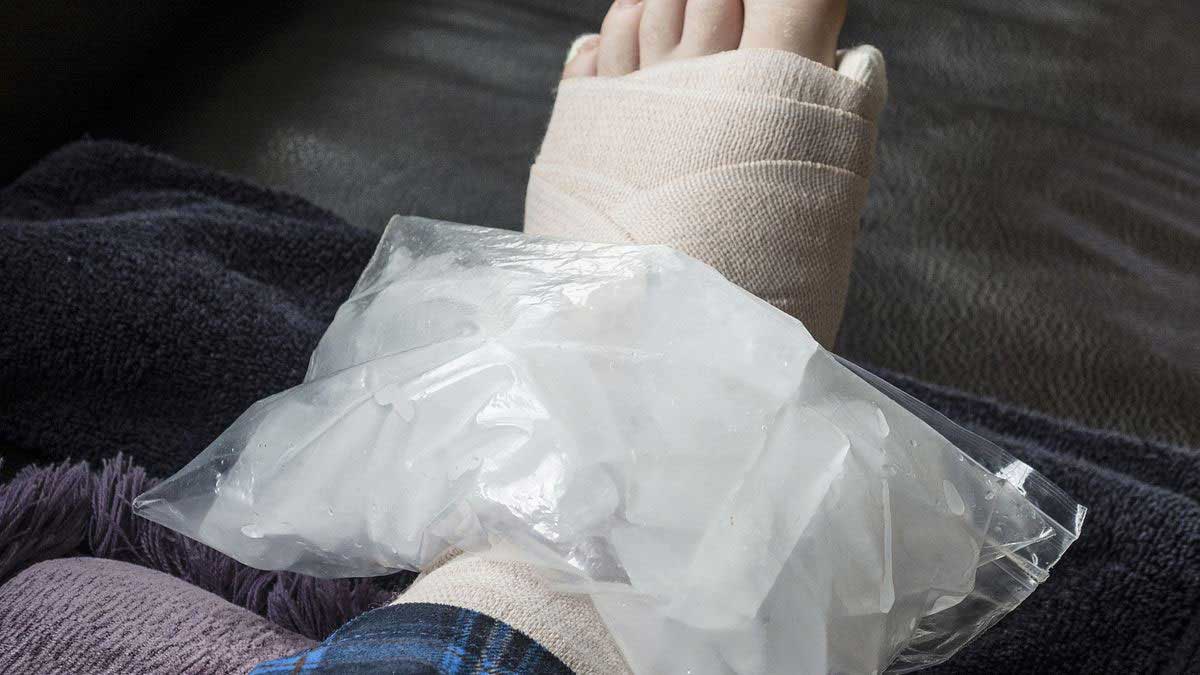UNDERSTANDING STRESS FRACTURES
We are well aware of the merits of an active lifestyle, but we sometimes fail to recognize the need to take a break when we experience discomfort. We strongly believe in the saying, no pain no gain. Too much exercising can overexert the body leading to complications. These complications may lead to a stress fracture that is a painful injury. This can develop gradually even without you realizing it till it’s too late.
The risk of incurring stress fractures is highest among track and field athletes as well as military recruits who carry heavy packs over long distances. These injuries are most common in the weight-bearing bones of the lower leg and foot.
Stress fractures occur as tiny cracks on the bone caused by accumulated damage to the bone, especially when there is repeated impact on the same area. These tiny cracks usually develop when muscles become fatigued and cannot absorb the added shock due to overexertion. Stress fracture results in distinctive pain that often intensifies during the workout and dissipates during rest.

CAUSE OF STRESS FRACTURES
Stress fractures can be caused due to overuse. These are most commonly found in the lower extremity as a result of the impact and weight-bearing activities. The amount or intensity of an activity too quickly increases the risk of stress fractures. Other factors that can also increase your risk of stress fractures include:
High-impact sports including repetitive activity, such as:
- Long-distance running (tibia, hip).
- Basketball.
- Tennis.
- Track and field.
- Gymnastics (wrist stress fractures from weight-bearing on hands/wrists, low back).
- Dance (feet, low back).
- Sudden increase in the intensity, duration, or frequency of activity.
- Women experiencing abnormal or absent menstrual periods.
- People with flat feet or high, rigid arches.
- Weakened bones due to conditions such as osteoporosis.
- Having had a previous stress fracture.
- Lack of nutrients, such as vitamin D and calcium.
- Using poor equipment or improper footwear.
Bone adapts gradually to increased loads through remodeling, a normal process that speeds up when the load on the bone increases. Bones subjected to unaccustomed force without enough time for recovery resorb cells faster than your body can replace them, which makes you more susceptible to stress fractures.

SYMPTOMS OF STRESS FRACTURES
Pain is an indicator of stress fracture that is barely noticeable initially but tends to worsen over time. Initially, tenderness starts at a specific spot and decreases during rest followed by swelling around the painful area. Some other symptoms include:
- Pain along with swelling or aching at the site of fracture.
- Tenderness or “pinpoint pain” when touched on the bone.
- Pain worsens after starting an activity and resolves with rest.
- Pain throughout the activity sometimes might not resolve after the activity.
- Pain occurs while at rest, during normal activity, or with everyday walking.
- Pain worsening with hopping on one leg.
- Pain while shifting weight on affected leg or foot.
If a stress fracture is not treated at an early stage (stress reaction), the pain can become severe. There is also a risk that the fracture may become displaced (the fractured bone moves out of normal alignment). Certain stress fractures (hip) are considered “high risk” stress fractures because they may have a poor outcome (such as needing surgery) if not identified early.

IMPORTANCE OF CHIROPRACTIC CARE FOR STRESS FRACTURES
Small cracks or fractures can occur over time due to repetitive activities. The amount of stress we exert on our bodies during various activities such as sports, athletic, in the workplace, and sometimes in daily life can contribute to the potential of developing a stress fracture.
Sports injury treatment
Sometimes, athletes push themselves to the max to the point of making the body too vulnerable. Chiropractors help the athletes to remove any subluxations or nervous system interferences. This will allow the soft tissues such as fascia, ligament, tendons, and muscles to communicate optimally with bone. The chiropractor would continually monitor any vulnerable areas. The combination of regular chiropractic adjustment and massage therapy can help manage your risk of sports injury.
Workplace risk
Some people at the workplace are constantly involved in lifting, using forklifts, or in the construction field. These jobs can put these people at risk for stress fractures. A sedentary lifestyle along with this type of work increases the risk of stress fractures. The chiropractic adjustments can help reduce your risk for stress fracture.
Other overuse issues
Internal health concerns such as rheumatoid arthritis, osteoarthritis, and osteoporosis can leave you vulnerable to a stress fracture if you are not able to perform regular, weight-bearing exercises or as a complication of the disease. Our caring chiropractor can help you minimize your risk for stress fracture with regular, gentle chiropractic techniques.

Chiropractic adjustments help in the healing and recovery from a bone fracture. The chiropractors, would evaluate and test your bone density, and create an individualized plan to help regain and maintain optimal bone strength.
Chiropractic adjustments or manipulation treatments along with rehabilitation, relaxation techniques, and nutritional and dietary supplement counseling. These techniques help you to heal faster as well as make your body and bones stronger.
The chiropractor’s focus is to help you and your stress fractures to heal well through increased mobility and range of motion.
These treatments help in your recovery and they are preventive by strengthening your muscles, reducing stiffness, improving nutrition, and reducing pain. Some other benefits of chiropractic care in the treatment of stress fractures are:
- Reducing the risk of future fractures.
- Increased strength, balance, agility, and flexibility.
Some other home treatments along with chiropractic care include RICE (Rest, Ice pack, Compression, and Elevation) therapy helps in reducing the swelling and pain. The chiropractor would also use a plaster cast, crutches, or a walking boot or brace for a few weeks to reduce or eliminate stress on the injured bone.
If the chiropractic adjustments or non-surgical treatments do not provide relief the doctor would advise surgery. The surgery helps stabilize the fracture and enhance the healing of the bone.

OUTLOOK
The bone is still fragile in the affected area until you can feel pain and could break again in the same place. When you see a chiropractor regularly you are reducing your chances of sustaining an injury while you play sports. The chiropractic adjustments will help your body to be in proper alignment, helping to improve your balance, reaction time, and circulation. The chiropractor can help you to recover from injury faster with special exercises, adjustments, and ice or heat therapy.
If you or anyone you know is suffering from pain, our expert providers at Zenith Injury Relief & Wellness Clinic will take care of your health and help you recover.
Call us on 972-210-0033 to book an appointment with our specialists, and begin living your life pain-free.
